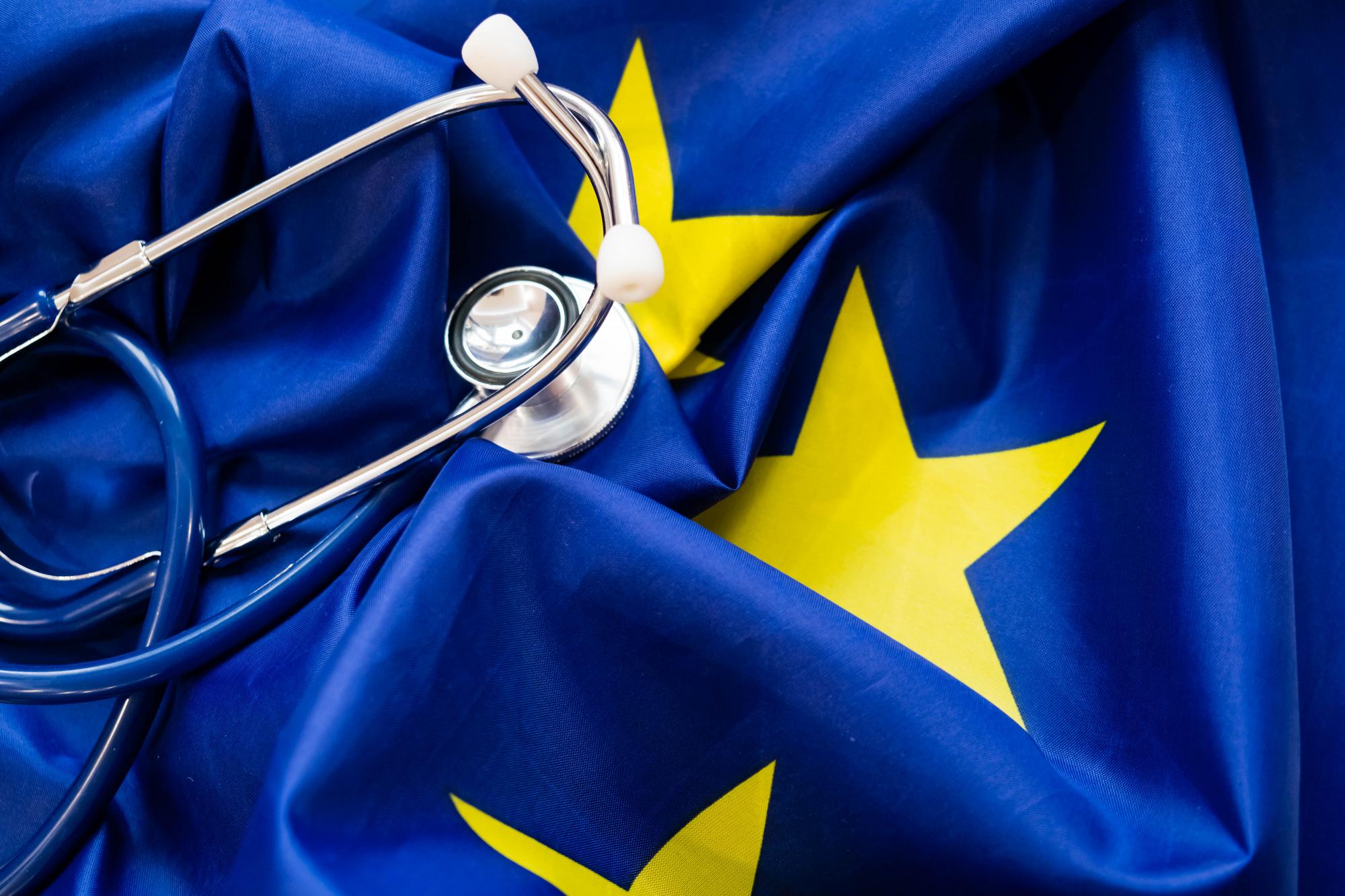
What’s the deal with the CTR?
The EU Clinical Trials Regulation (EU CTR) came into effect on January 31, 2022. Starting from January 31, 2023, it will be obligatory for all new interventional clinical trials that involve investigational medicinal products and are conducted in one or more EU/European Economic Area (EEA) Member States (MS). There will be a one-year transition period until January 30, 2023. Any ongoing trials authorized under the EU Clinical Trial Directive (EU CTD) can continue under that framework until January 30, 2025. After that date, they will need to switch to EU CTR if they are still in progress.
What materila is required to be translated according to the CTR?
The EU Clinical Trials Regulation requires that several materials related to clinical trials must be translated into the language(s) of the Member State(s) in which the trial is conducted. These materials include:
Informed consent documents: Informed consent documents must be translated into the language(s) spoken by the participants. These documents must include all the necessary information about the trial, such as its purpose, procedures, risks, benefits, and potential adverse effects. The informed consent documents must also be understandable and clear, using language that the participants can easily understand.
Summaries of product characteristics (SPCs): SPCs are documents that provide detailed information about the medicinal product being tested in the clinical trial. SPCs must be translated into the languages of the Member States where the trial is being conducted. They must be provided to the ethics committee and the competent authority, and to the participants if requested.
Investigator’s brochure: The investigator’s brochure provides comprehensive information about the medicinal product being tested, including its pharmacology, toxicology, and clinical data. The investigator’s brochure must be translated into the languages of the Member States where the trial is being conducted.
Other trial-related documents: Other trial-related documents that must be translated into the languages of the Member States include the protocol, the case report form, and the patient information sheet.
It’s important to note that the EU Clinical Trials Regulation requires the translation of these materials to be of high quality, accurate, and complete. The translations must also be certified by a qualified person who has a good knowledge of both the source and target languages.
What’s can I do to have my documents translated properly?
If you or your company needs assistance with translation, there are several ways you can ensure compliance with the regulation:
Hire a professional translation agency: A reputable translation agency can provide high-quality translation services, with translators who are knowledgeable about the relevant medical terminology and have experience in translating clinical trial materials.
Work with qualified translators: If you choose to work with individual translators, make sure they have the necessary qualifications and experience to translate clinical trial materials. It’s important to ensure that the translators are fluent in both the source and target languages and have experience translating medical documents.
Use translation software: Translation software can be helpful for translating large volumes of text quickly and accurately. However, it’s important to ensure that the software is reliable and accurate, and that the translations are reviewed by a qualified person to ensure compliance with the EU Clinical Trials Regulation.
Have the translations reviewed by a qualified person: All translated materials must be reviewed by a qualified person who has a good knowledge of both the source and target languages, as well as experience in translating clinical trial materials. This person must ensure that the translations are accurate, complete, and comply with the regulation.
It’s important to note that translations must be of high quality and accuracy, and that any mistakes or errors could have serious consequences for the trial participants and the success of the clinical trial. Therefore, it’s crucial to ensure that the translation process is handled by qualified professionals and is compliant with the EU Clinical Trials Regulation.
Need any help?
Whether your EU CTR readiness initiative is ongoing or completed, now is a good time to review what you’ve achieved or still need to address as well as lessons learned in order to adjust your translation strategy and further optimize your processes.
Contact us at info@omadatranslations.eu to learn how we can help you translate your material in compliance with the EU CTR, support the finetuning of your processes, and assist in the execution of your trials under this new framework.




